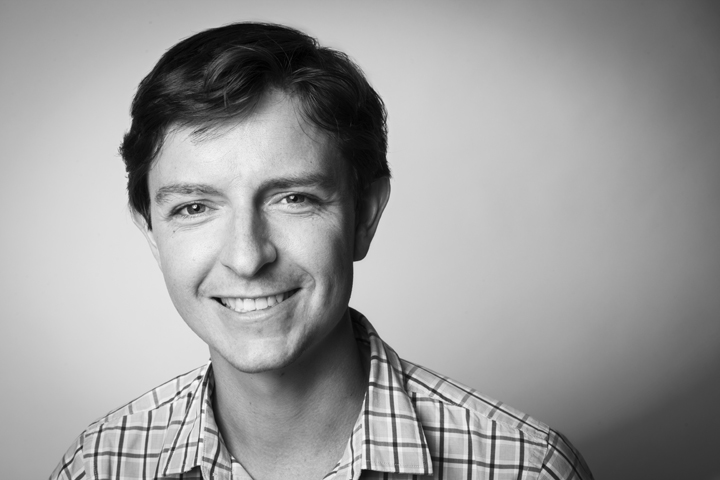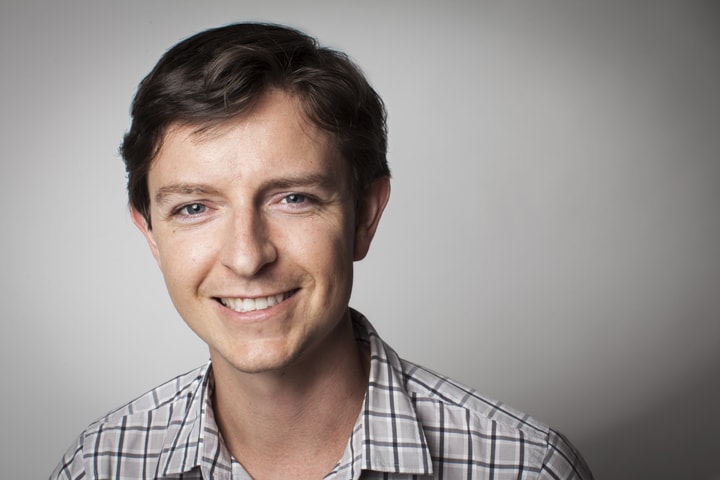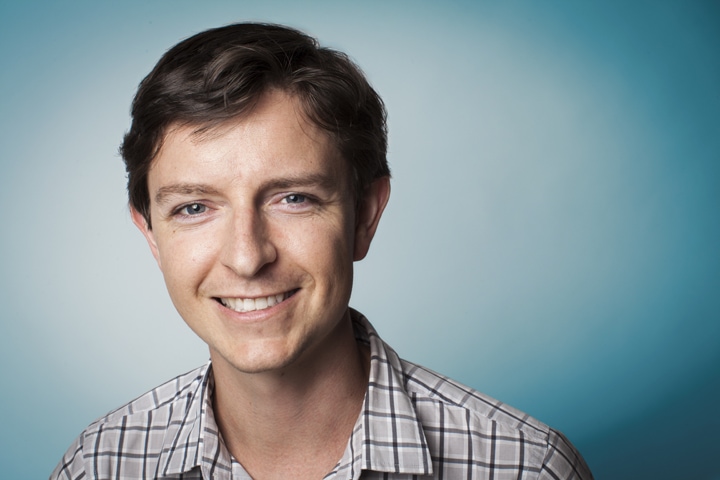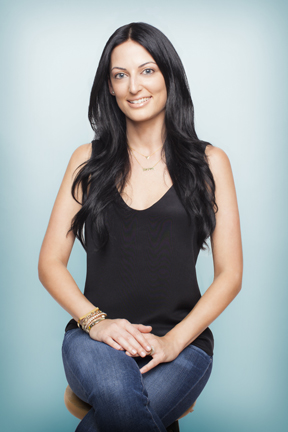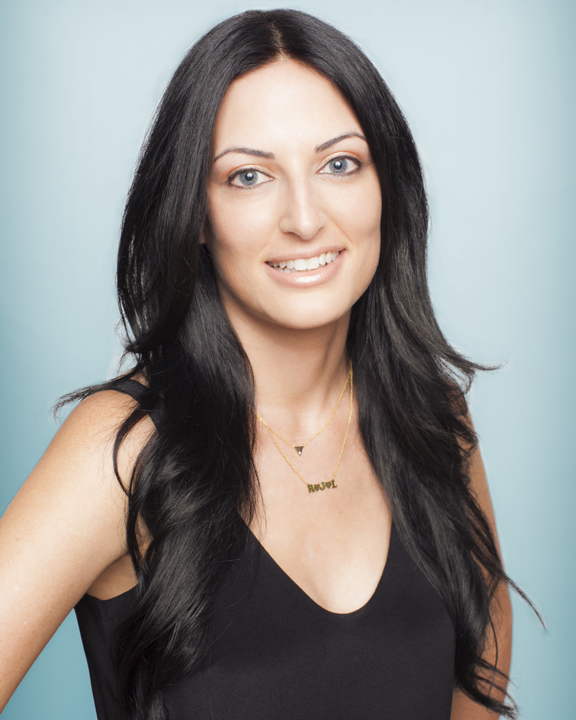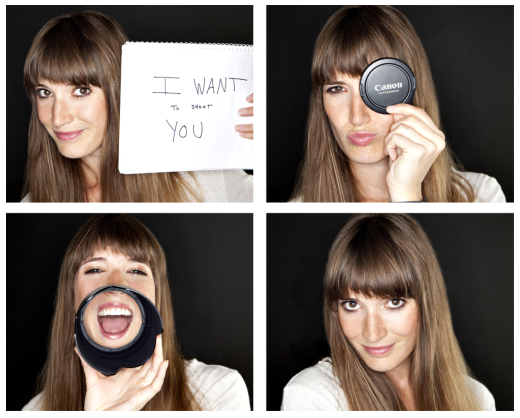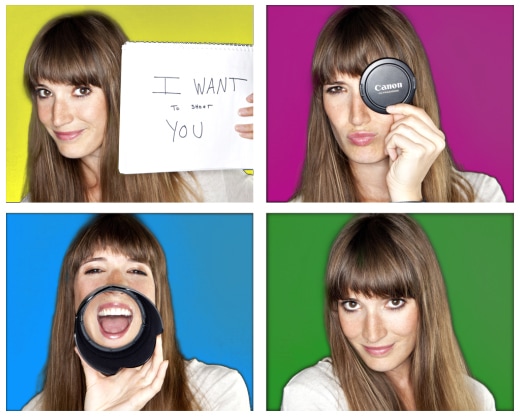I have a confession. I have been very, very busy this year. On top of already this being one of my busiest business years to date, I went and became a mom back in March.
I have a second confession, many of my clients didn’t know I was pregnant or that I had a baby.
First, let me say, this is a subject that I’m sure will hit home to a lot of my readers. I’m a 30 something year old woman, who has been nurturing her own business for about 8 years or so now (plus 1+ year of interning and 4 years of college for photography at RISD). So it was not lightly that I decided to start a family. It seems like my path is crossing with a lot of women who either own their own businesses or have worked their tail off to start a business who are around my age and facing this question: do I want to have kids? That question is quickly followed by the next one, what are the sacrifices of starting a family? And of course, that gets more specific with wondering, is it even possible to keep my career on course and become a parent?
The answers won’t be the same for everyone. But for me, I had no intention of letting my business get off track because I was going to start a family. Upon the suggestion of one of these woman whose path has crossed mine, I am going to write a little bit about how I made this transition work and how I was able to meet all my clients needs during this time.
So this first post is about making that choice to become a parent. Not everyone has the luxury of getting to make that choice and so already you are lucky.
Like many of my peers, I was very scared to start a family, for lots of reasons. What was going to happen to my body/career/marriage/etc?
The fear of what starting a family would do to my marriage caused my husband and I had some very intense conversations. These were no holds bar honest conversations. In these talks, we confessed what we both wanted our marriage to be like and where it currently fell short of that and what we needed to make sure we didn’t let go of when a baby arrived. We talked about “what if” situations. We discussed our peers who had children and the strains we saw them going through and mapped out strategies if we found ourselves in the same boat. Naturally, so much of what we talked about didn’t come true for us or did but in a way we never predicted. But being able to have already talked about stresses in a “what if” scenario took some of the taboo out of discussions when the situations were taking place.
Please don’t judge me because I know it is a vanity, but I didn’t want to loose my body to a child. This was a huge source of anxiety for me. Throughout my whole pregnancy it was a stress. I’ve always been in good shape and in the last 5-10 years put a lot of effort into eating right and being an athlete in my free time (My husband and I paddle, Dragon boats/OC/Sup, anything you can think of). I was terrified that I would have a baby and never get back into my shape and it would cause stresses on me and my marriage. So, just like above, my husband and I talked about it. A lot! I worked out until I really couldn’t, whatever I could do (my Dr said no to continuing to do crossfit, which now I think I might have been able to do actually). I ate as right as I could (first trimester all bets were off, my nausea decided I was going to eat a lot of Mac-N-Cheese with chicken nuggets -seriously, like in 3rd grade again). What really helped was acknowledging that my husband loved me, he liked me being in shape but loved me and that wasn’t going to change with the transitions my body went through. I picked a good man to marry, one who I knew wasn’t in it for looks. So that helped. And as a side note, if your with a guy who you feel like would leave you if you weren’t smoking hot anymore, maybe you should rethink that relationship because we are all going to get old one day and no matter what you do, gravity is going to get you.
Now the golden ticket: career. I decided to keep quiet about expecting to all of my clients. I let them ask me about it when I was showing enough that they were curious. I decided that there was a line between personal and professional life and to be honest, I was intimidated that my clients might run to someone else. So I knew that meant I had to make sure their photo needs were met EXACTLY as they were when I wasn’t pregnant.
That included a plan for going into labor during a shoot. I trained and trained and trained an amazing assistant of mine to do anything and everything I could so if I ended up in the hospital or on bed rest my business could still run. Picking the right person is key in this. For me, she had to be as attentive to detail as I am, friendly, professional, and okay with me staring over her shoulder commenting on her every move. I also had to trust her immensely. Essentially I knew I wasn’t going to get any downtime pre baby/labor/post baby so I had someone else to be there just in case I was too weak or physically unable to do my shooting so my clients wouldn’t have their images or timelines compromised. Luckily, I didn’t need my assistant to do too much when the time did come. But I had to be incredibly prepared. The total unexpected upside of this was that after I hired my childcare and found myself back in the swing of things I had the most amazing assistant ever! She was trained to be my hands and so I could trust her to do every light setup perfectly, know how to style everything I work with, understand the timelines needed (there were nights that she pulled all nighters to get my stack focus images ready so I had a file to work on) and always have a positive attitude.
Interview the crap out of this person. And pay them well. This was a cost of my business continuing to run so even if I broke even for a while because I had her helping me it was worth not loosing accounts/clients over. Be ready for complications because other people will notice your amazing assistant and offer them work as well. I was lucky that the clients that did that were super sweet people and we were able to work something out where my assistant could help them and me.
This fear, of how a baby would affect my business was a huge roadblock for me when I thought about starting a family. Even when I had been training and teaching my assistant it wasn’t until my clients could see her work and were comforted that as a team we were producing images as consistent and dead on as always, that my mind was at ease. Hopefully some of these confessions and tips help you put your mind at ease too. It really can be done and things will be okay. I’ll keep posting (as much as I can because having a baby does cut way back on my blogging time) more about how I am working through this transition and how it actually, positively has continued to affect my business.
